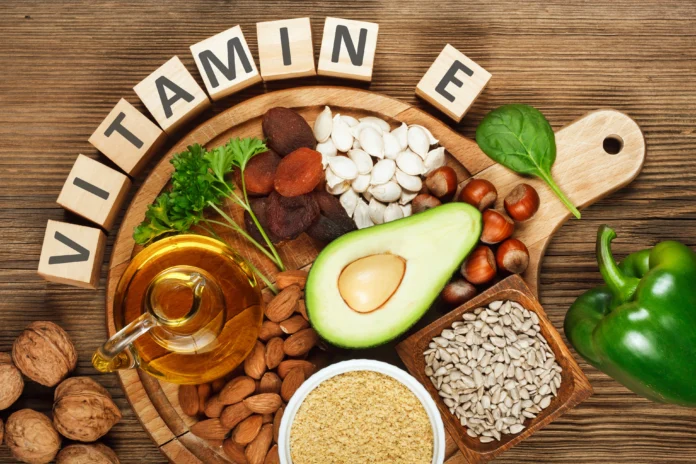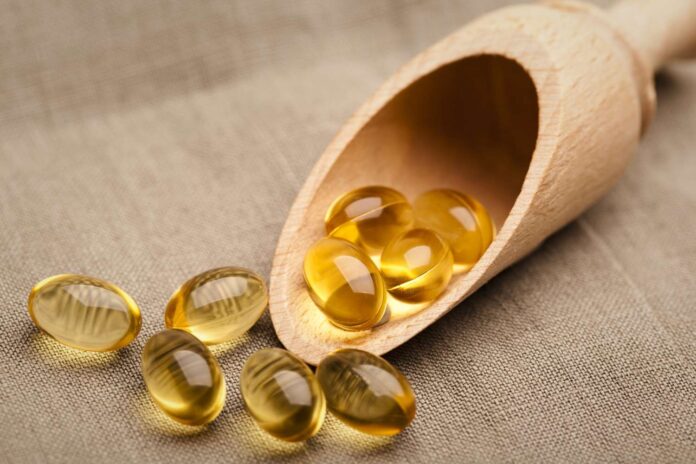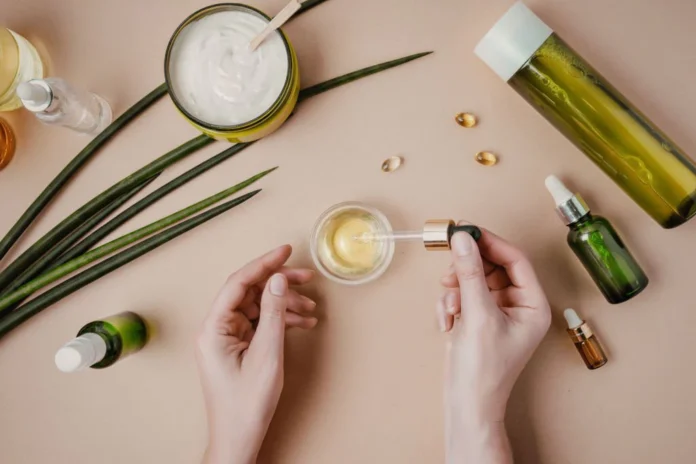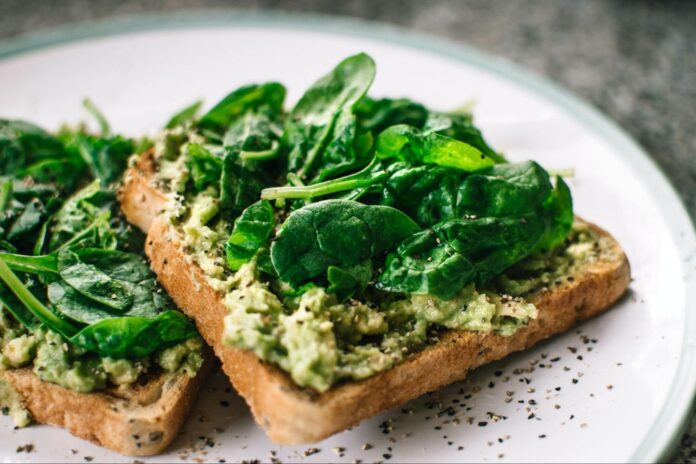The vitamins of beauty, health, youth, and motherhood. Of course, we are talking about vitamin E. Foods rich in it must be present in the daily diet, and in case of deficiency, it is necessary to take it additionally – this is how you can slow down the aging process and look “perfect”.
You can get Vitamin E pills and supplements from the Pillpal.to trusted online pharmacy. So, what vitamin E is needed for and how it is useful, you will understand further.
In fact, vitamin E is a large group of natural and synthetic compounds derived from tocol. Tocopherols and tocotrienols are considered the most significant of them. They enter the body with food or as part of vitamin preparations and nutritional supplements. In the intestines, these compounds are hydrolyzed by the enzymes lipase and esterase, after which they enter the lymphatic system as part of low-density lipoproteins (LDL, the same “bad cholesterol”), and from there – into the blood.
Through long and complex transformations at the final stage under the influence of enzymes, the final release of vitamin E finally occurs. After that, it is captured by the appropriate tissue receptors or retained by cell membranes, where it begins to fulfill its role.
The Main Properties of Vitamin E

Vitamin E is a powerful antioxidant. Being a part of cell membranes, it protects cells from damage by free radicals. Thus, vitamin E inhibits the aging process and reduces the risk of developing pathologies associated with oxidative stress:
- cataracts;
- atrophic processes in the mucous membranes of the respiratory tract and digestive tract;
- malignant tumors (this property applies primarily to tocotrienols);
- arthritis;
- dementia in Alzheimer’s disease;
- hypertension, etc.
In addition, this substance exhibits the properties of an immunomodulator and antihypoxant, positively affecting the processes of cellular respiration. That is, vitamin E protects cells from oxygen starvation and stimulates the body’s defenses.
And this vitamin also has anticoagulant properties, thanks to which it prevents the formation of blood clots in the bloodstream (overdose increases the risk of bleeding and even stroke!).
If we consider each group separately, it should be noted that tocotrienols:
- protect nerve cells from destruction;
- reduce the amount of cholesterol in the blood;
- reduce the risk of developing oncopathologies.
Tocopherols, in turn:
- activate the production of collagen, some liver enzymes and gonadotropic hormones that regulate the work of the gonads;
- stimulate the synthesis of proteins that are responsible for the contractility of muscles;
- contribute to the regeneration of mucous membranes.
Impressive, right? But these are far from all the beneficial properties of vitamin E! There is another important point: this compound helps some other vitamins and minerals to be absorbed better.
What Is Vitamin E “Friendly” and “Not Friendly” with?

Vitamin E promotes the conversion of vitamin B12 into its active form and improves the absorption of vitamins A and D in the intestines.
In addition, tocopherol and retinol (vitamin A) potentiate each other’s effects, due to which their antioxidant properties are multiplied many times over. Tocopherol improves the absorption of retinol and prevents its oxidation. In addition, they have a positive effect on immunity, prevent obesity, normalize the work of the central nervous system, and prevent metabolic disorders. However, it should be taken into account that high doses of vitamin A impair the assimilation of tocopherol, and vice versa – large doses of vitamin E similarly affect retinol.
The combination of vitamin E and selenium helps in the prevention of cancer by causing apoptosis in atypical cells. In addition, joint administration increases the antioxidant effect of both substances.
Vitamins E and B1 (thiamine) do not interact with each other. The same applies to the simultaneous intake of tocopherol with vitamin B2 (riboflavin). They can be combined.
Vitamins E and B5 (pantothenic acid) help reduce cholesterol. Therefore, they can work both together and separately, being equally well absorbed in the intestines.
Tocopherol and vitamin B6 (pyridoxine) participate in the production of hemes. These are iron-containing compounds that are part of hemoglobin, cytochromes, and myoglobin. Let’s assume their application together.
Ascorbic acid and tocopherol – both have antioxidant properties and can enhance each other’s effects.
Vitamin B9 (folic acid) and vitamin E have a positive effect on the reproductive system. They are often prescribed to women when planning pregnancy.
It is allowed to take vitamin E and calcium since their biological properties are not disturbed when used together.
Iron reduces the absorption of vitamin E in the intestines, so when treating anemia, it should be taken separately. The same happens with the intake of tocopherol, zinc, and magnesium. It is not recommended to use them at the same time. In addition, vitamin E impairs the absorption of vitamin K.
Benefits of Vitamin E for Face, Hair, Skin, and Nails

Clinical studies have proven that vitamin E helps to strengthen weakened and brittle hair by stimulating blood circulation in the scalp, thereby improving the nutrition of the hair follicles. Therefore, vitamin E is often included in the composition of shampoos, balms, hair masks, and preparations for alopecia (baldness).
It also has a positive effect on the condition of the skin, increasing its elasticity and firmness by stimulating the production of collagen. According to clinical studies, after 25 years, the synthesis of this protein begins to decrease by 1% annually. And after a few years, the result of such a loss will be obvious – the first wrinkles will begin to appear.
Vitamin E is necessary for healthy nails. It contributes to their strengthening, improves growth, and prevents brittleness and delamination of the nail plate.
Eyelashes, eyebrows, and lips also need tocopherol. Therefore, many cosmetic products for their care contain vitamin E.









